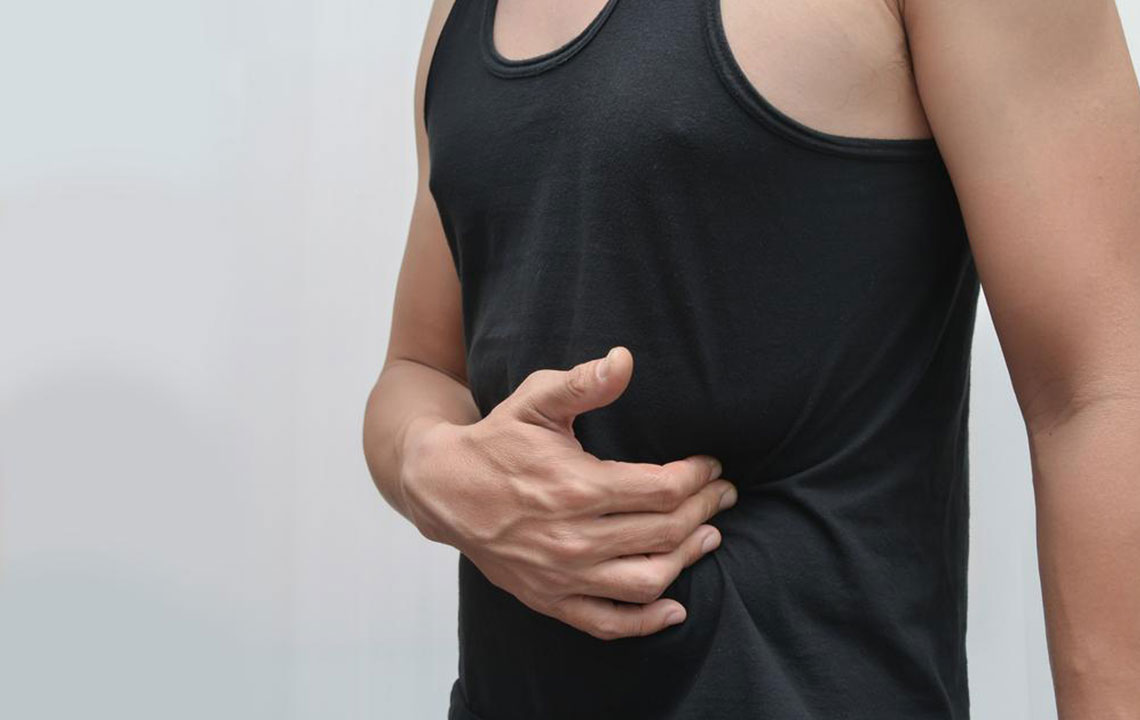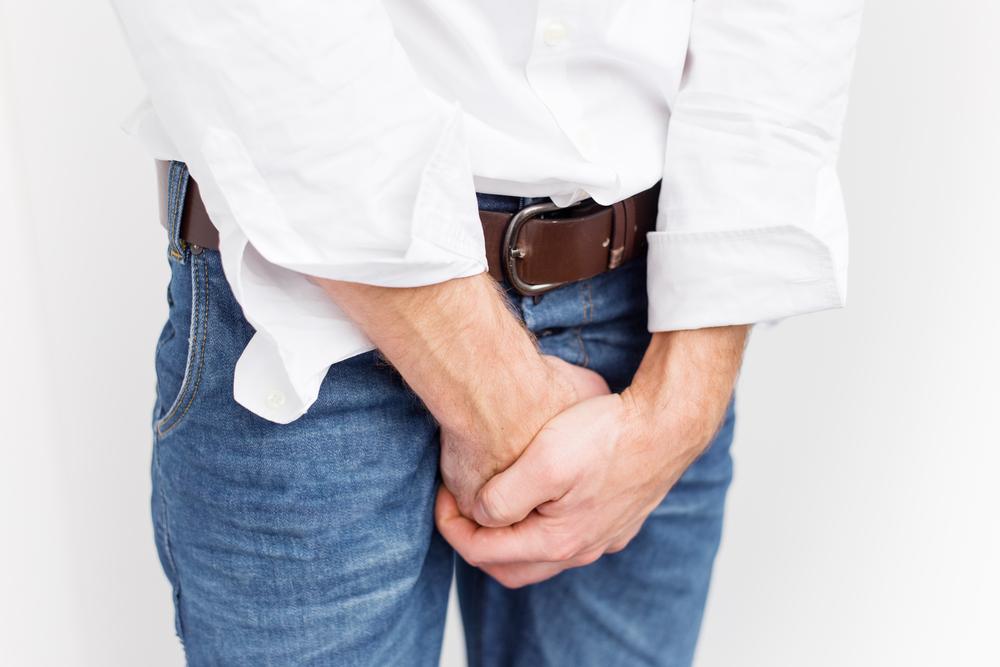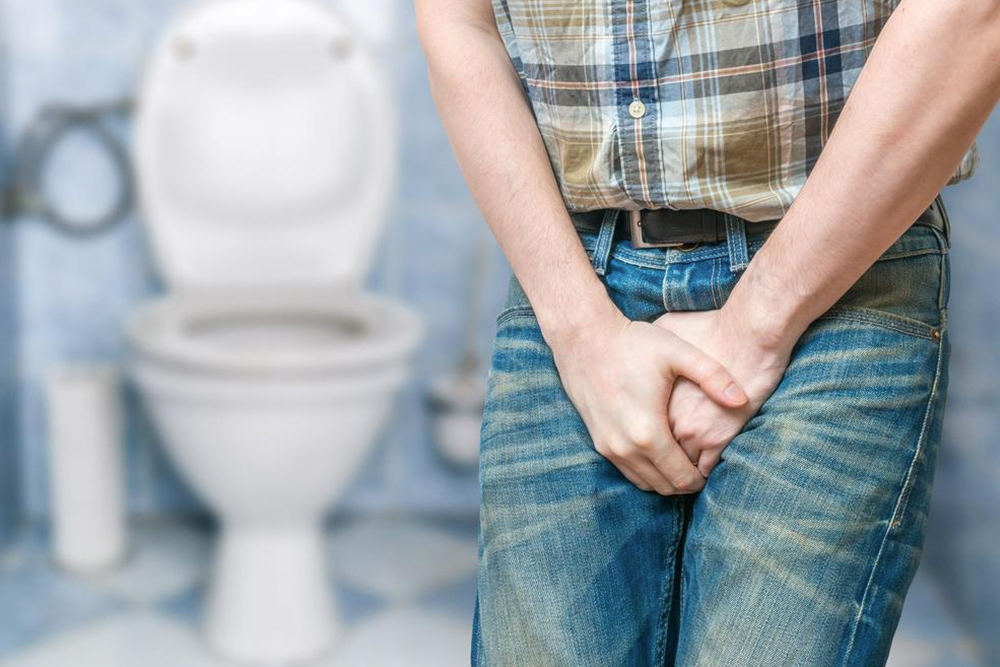Understanding the Various Forms of Urinary Incontinence
Explore the different types of urinary incontinence, including stress, urge, mixed, transient, overflow, and gross total incontinence. Learn about their causes, symptoms, and importance of timely medical intervention to manage these conditions effectively.

Understanding the Various Forms of Urinary Incontinence
Urinary incontinence involves involuntary bladder muscle movements, leading to unexpected urine leaks or loss of bladder control. It’s a manifestation of underlying health issues rather than a standalone disease.
Categories of Urinary Incontinence
Several types of urinary incontinence exist.
Stress Incontinence: This common form occurs when sudden pressure on the bladder from movement like coughing, sneezing, laughing, or physical activity causes leakages. Women may experience stress incontinence due to weakened pelvic muscles from pregnancy or menopause.
Urgency Incontinence: Characterized by a sudden, intense urge to urinate that’s difficult to delay. This occurs when bladder signals to the brain are impaired, often due to neurological issues like stroke, multiple sclerosis, Parkinson’s, or spinal injuries. Overactive bladder (OAB) is commonly associated with this form.
Mixed Incontinence: When both stress and urge incontinence happen simultaneously, it’s known as mixed incontinence.
Transient Incontinence: Short-term bladder control issues caused by medications, infections, or medical conditions. Triggers include urinary tract infections, chronic coughing, alcohol or caffeine abuse, or hypertension medications.
Overflow Incontinence: Occurs when the bladder doesn’t completely empty during urination, causing leakage. Often related to nerve damage, bladder stones, or tumors, and is more prevalent in men.
Gross Total Incontinence: Continuous leakage when the bladder cannot hold urine due to injury or after surgeries involving the urinary tract.
Early diagnosis and medical management are essential for all types of urinary incontinence.
Note:
This article provides informational content about symptoms, causes, and management options. It is not intended as medical advice. Always consult qualified healthcare professionals for proper diagnosis and treatment.










